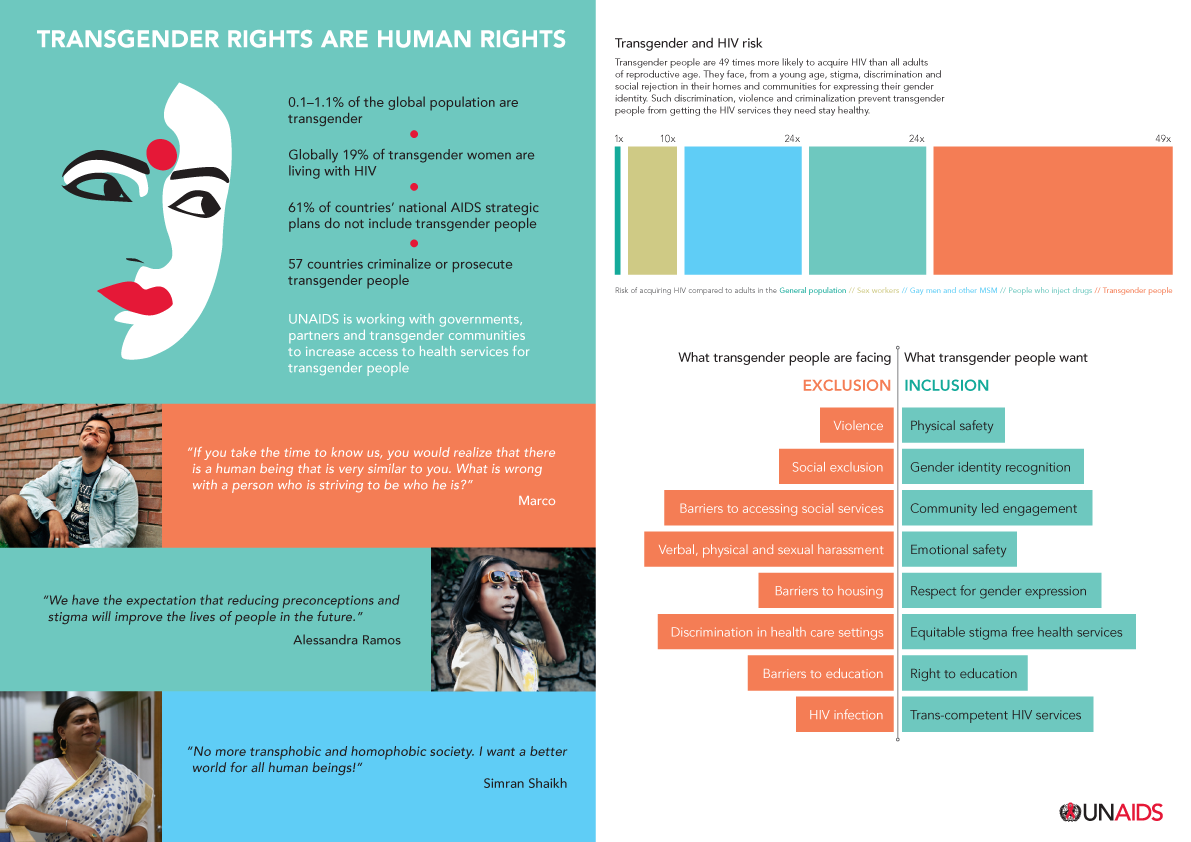As part of the global effort to achieve the Millennium Development Goals (MDGs), countries around the world reported major gains in the health and wellbeing of women and children between 1990 and 2015. The global rate of maternal mortality fell by 47 per cent and child mortality declined by 49 per cent. However, any celebration of progress is tempered by the reality that millions of women, children, newborns, and adolescents continue to die every year; mostly from preventable causes. As the world transitions from the MDGs to the Sustainable Development Goals (SDGs), we must uphold our commitment to keep reproductive, maternal, newborn, child, and adolescent health (RMNCAH) at the heart of the global agenda. Fulfilling this promise is both a practical imperative and a moral obligation.
The UN Secretary-General's Global Strategy for Women's, Children's, and Adolescents' Health sets out a plan to give every woman, child, and adolescent the opportunity to not only survive, but to thrive and transform his or her community. Implementing the Global Strategy and achieving the SDG targets requires an unprecedented level of alignment and coordination amongst each and every one of us working in the field of RMNCAH.
On behalf of the six organizations responsible for promoting and implementing the global health agenda across the UN system, UNAIDS, UNFPA, UNICEF, UN Women, WHO, and the World Bank Group, we, the undersigned, stand united in our commitment to operationalize the Global Strategy.
Building on our tradition of working together to support countries in achieving the MDGs, we, as members of the H6 (previously known as the H4+), will provide coordinated technical support to country-led efforts to implement the Global Strategy and achieve the ambitious targets of the health-related SDGs. At the same time, we will continue to advocate for evidence-based RMNCAH programmes and policies at the global, regional, and national levels.
As the current H6 chair (2016-2018), UNAIDS will lead the partnership in fulfilling its mandate to leverage the strengths and capacities of each of the six member organizations in order to support high-burden countries in their efforts to improve the survival, health, and well-being of every woman, newborn, child, and adolescent.
As representatives of the H6, we renew our commitment to implement this mandate in support of the Global Strategy. We call on RMNCAH activists and advocates worldwide to join us in fulfilling this shared pledge to women, children, and adolescents everywhere.
Michel Sidibé, Executive Director, UNAIDS
Babatunde Osotimehin, Executive Director, UNFPA
Anthony Lake, Executive Director, UNICEF
Phumzile Mlambo-Ngcuka, Executive Director, UN Women
Margaret Chan, Director General, WHO
Tim Evans, Senior Director, Health, Nutrition and Population Global Practice, The World Bank Group
UNAIDS
The Joint United Nations Programme on HIV/AIDS (UNAIDS) leads and inspires the world to achieve its shared vision of zero new HIV infections, zero discrimination and zero AIDS-related deaths. UNAIDS unites the efforts of 11 UN organizations—UNHCR, UNICEF, WFP, UNDP, UNFPA, UNODC, UN Women, ILO, UNESCO, WHO and the World Bank—and works closely with global and national partners towards ending the AIDS epidemic by 2030 as part of the Sustainable Development Goals. Learn more at unaids.org and connect with us on Facebook, Twitter, Instagram and YouTube.



